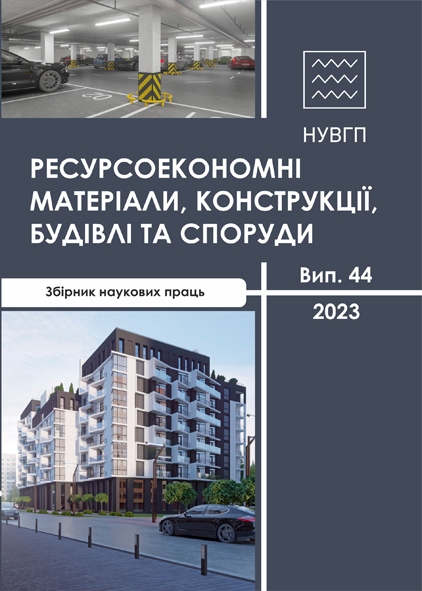OPTIMIZATION OF THE GRINDING PROCES OF OILWELL CEMENT TO ACHIVE OPTIMAL SPREADING AND BLEEDING OF CEMENT PASTE
DOI:
https://doi.org/10.31713/budres.v0i44.06Abstract
The article describes production and laboratory research of oilwell cement technology, gives the dependencies that allow to ensure the operational parameters of grinding, which ensure minimal bleeding and increased spreading of the cement paste. During this research has been used real cement mill and laboratory mill for comparing results. The purpose of the research was to determine the influence of the specific surface area of cement, the grain composition of cement and the quantity of the loading of the cement mill on the parameters of the finished cement at the output. The conducted cycle of research made it possible to obtain quantitative dependences of the influence of the specific surface of cement, SO3 content, loading coefficients of the mill chambers, the residue on the sieve 0045 to the bleeding and
spreading of the cement paste. This research had made by three different ways. At the first research we discover that when quantity of loading first and second chamber of cement mills are high - the bleeding is low, which is good for the quality of cement. At the second research we discover that highest level of specific surface of the cement get bleeding lowest. At the first and second researches we can observe that highest SO3 content get bleeding lowest, but spreading of cement paste get lowest too which is not good according to the quality of cement. During researches at the laboratory mill we ensure that SO3 content has been made the same influence like we discover during production tests on the cement mills.

